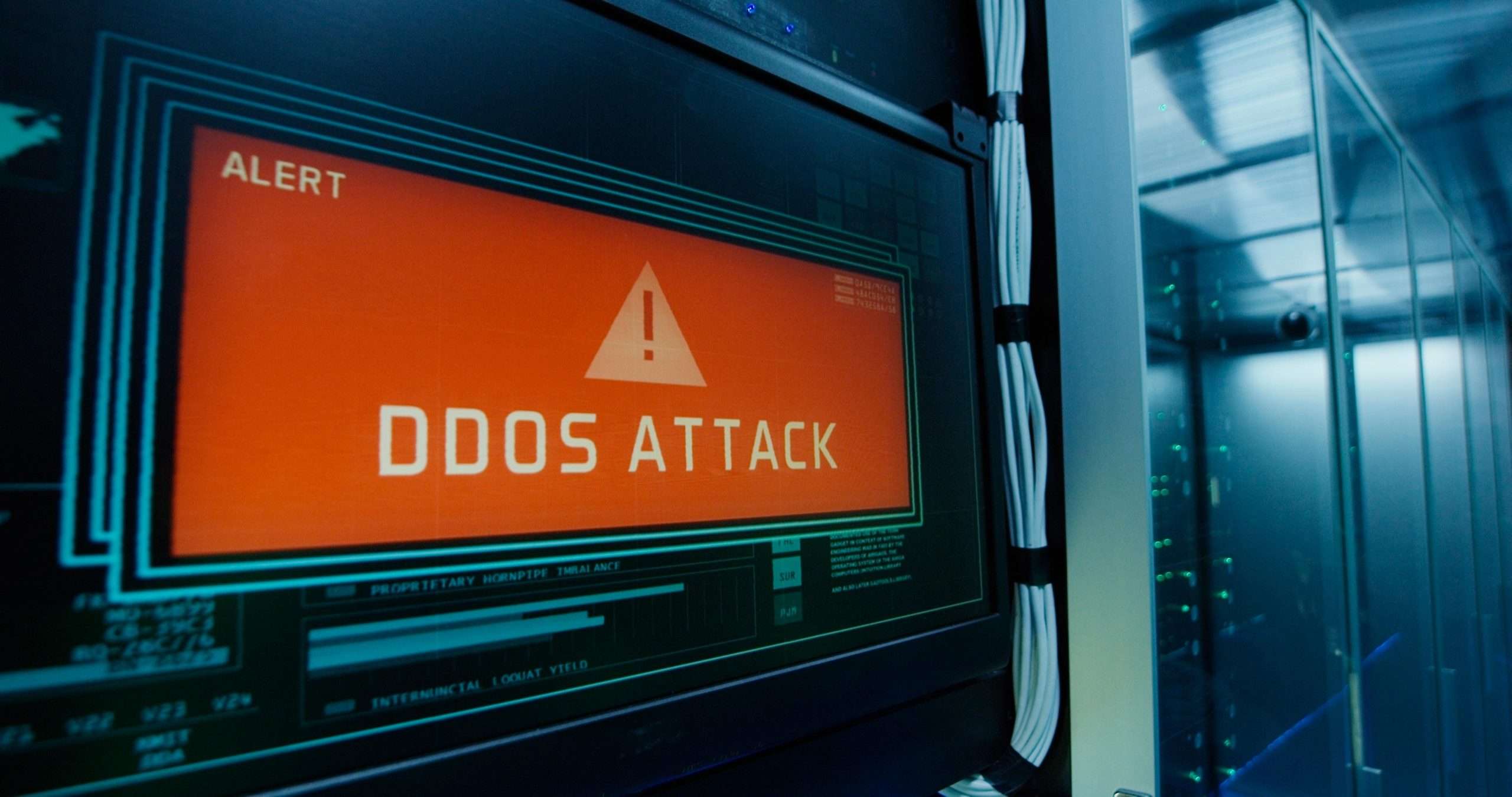The Attacks: A Wave of Digital Disruption
This week, the Netherlands found itself in the crosshairs of a persistent cyber onslaught. Schools, local governments, and businesses across multiple provinces. Groningen, Noord-Holland, Zeeland, and more reported crippling outages as their websites buckled under massive waves of fake traffic. The culprit? A Russia-aligned hacktivist group known as NoName057(16), which has proudly claimed responsibility on Telegram.
The Dutch National Cyber Security Center (NCSC) confirmed the attacks, noting that while no data was stolen, the disruptions caused real headaches. For hours at a time, citizens couldn’t access municipal portals, submit paperwork, or even check basic public services.
Why the Netherlands? Blame Ukraine Aid
NoName057(16) isn’t shy about its motives. In a Telegram post, the group explicitly tied the attacks to the Netherlands’ support for Ukraine, citing the country’s €6 billion in military aid and plans for another €3.5 billion by 2026. This isn’t just random vandalism it’s a calculated retaliation.
The group has a history of targeting nations backing Ukraine, but the Netherlands seems to be getting special attention this time. Experts suggest the attacks are meant to erode public trust in digital services while sending a political message: Support Ukraine, and your infrastructure pays the price.
Meet NoName057(16): Hacktivists with a Crowdsourced Army
This isn’t the group’s first rodeo. Since March 2022, NoName057(16) has been a thorn in the side of Western nations, launching disruptive DDoS attacks against government sites, media outlets, and financial institutions. But what makes them particularly dangerous is their crowdsourced warfare model.
In 2023, they launched DDoSIA, a platform where volunteers (often amateur hackers) could join attacks and even get paid for their contributions. Think of it like Uber, but for cyberattacks. At its peak, the platform recruited thousands, allowing the group to overwhelm targets with ease.
Why Aren’t They Stopped?
In July 2024, Spanish authorities arrested three DDoSIA members and seized their devices. But the crackdown didn’t go far enough the group’s leaders remain at large, and attacks continue. Some speculate that NoName057(16) operates with tacit approval from Russian intelligence, though no direct links have been proven.
Dutch officials are now working with EU cybersecurity agencies to mitigate the attacks, but DDoS assaults are notoriously hard to fully prevent. Unlike data breaches, which require sophisticated hacking, DDoS attacks simply flood servers with junk requests something even low-skilled attackers can execute.
What’s Next?
For now, the Netherlands is reinforcing its cyber defenses, but the attacks show no sign of stopping. NoName057(16) has already hinted at more strikes, and with the Ukraine war dragging on, Western nations should brace for further digital skirmishes.
The big question: Will these attacks force countries to rethink their support for Ukraine? Unlikely. But they do highlight how cyberwarfare has become a standard tool in modern geopolitical conflicts one that doesn’t just target governments, but everyday citizens trying to access basic services.
Final Thoughts
This isn’t just a tech story it’s about how global conflicts now spill into our digital lives. Whether it’s a local town hall website or a national bank, no one is immune to hacktivist retaliation. The Netherlands is just the latest example, but it won’t be the last.
Discover more from CyberAwareHub
Subscribe to get the latest posts sent to your email.

